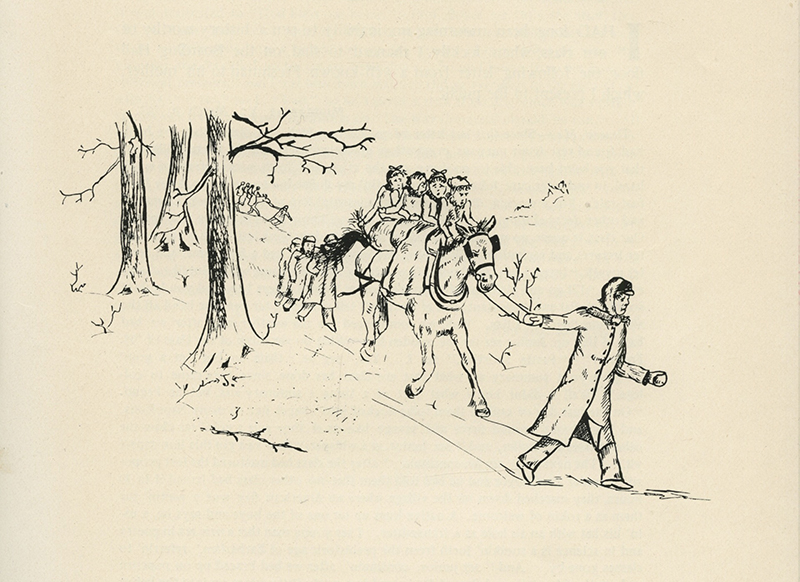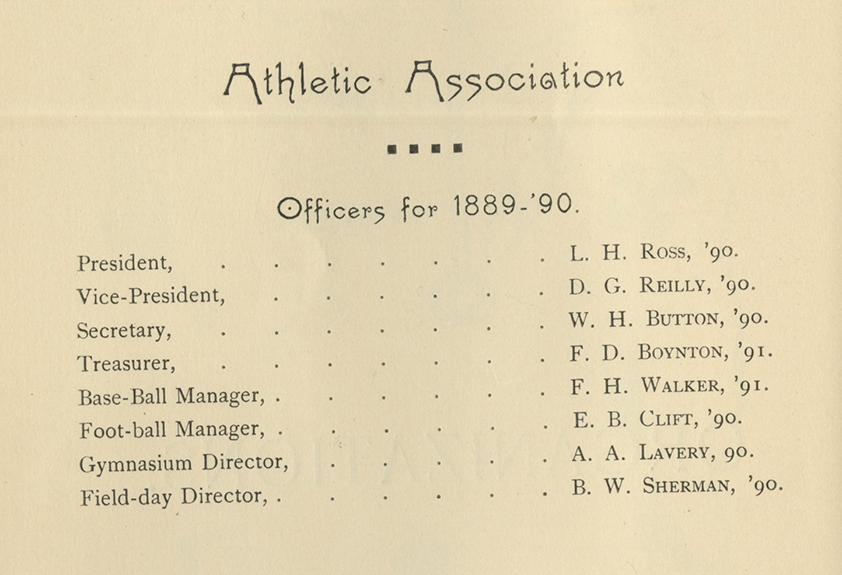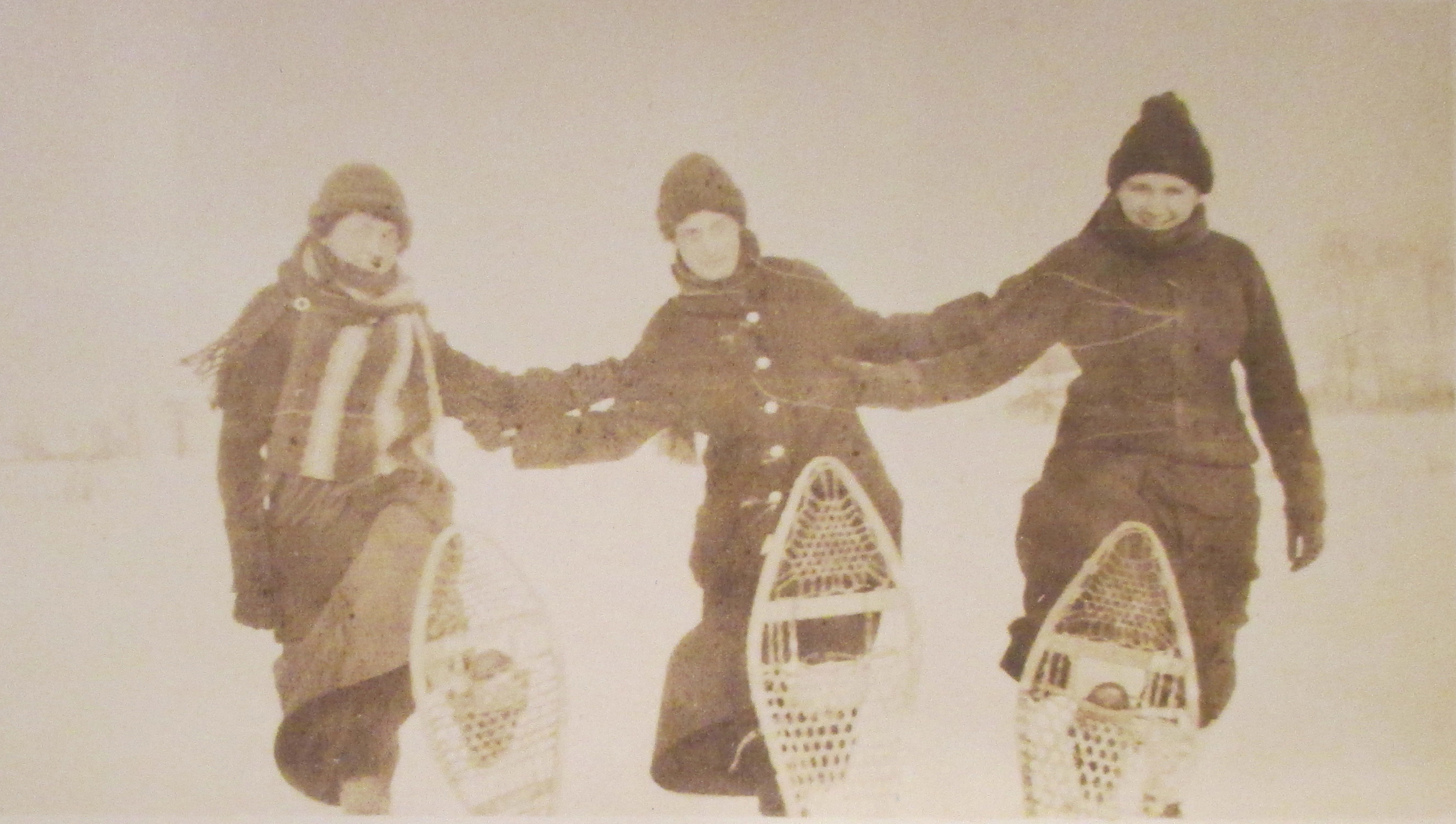
According to the Middlebury yearbook for 1900, “In the early days there was little or no athletic organization at Middlebury. Contests were sometimes held among the students, but no reliable records of such have been preserved. Baseball was often the resort for proving class superiority. But no definite organization existed until the early eighties” (The Laurea, 1900, p. 186).
Before the era of organized athletics, Middlebury students enjoyed walking, hiking, and boating. Cycling also became popular in the 1880s. One of the earliest sports traditions was the college hunt, in which members of the various classes competed to kill the most game in a single day. Following the hunt, students gathered for a banquet where they presumably feasted on some of the day’s catch (Stameshkin, The Town’s College, 172). Students also played baseball among themselves and against local teams.

In 1884, Middlebury students established the Athletic Association, which provided the primary structure for organized athletics until the college administration assumed responsibility for funding and managing the athletic program in the 1910s. According to Stameshkin, among its first acts was to “pledge a hundred dollars to refit the gymnasium with new equipment and reorganize the moribund baseball team” (The Town’s College, 266). The Athletic Association also brought together representatives of the most popular sports, including baseball, football, and track and field. (Tennis enthusiasts formed their own association). The Athletic Association also included a student gymnasium director. Membership was restricted to male students, though female students could purchase season tickets to athletic events. In the absence of college funding, the Athletic Association raised money to support its activities by selling tickets to its events, holding fundraisers like the faculty-senior baseball game, and soliciting alumni funds. Students also managed and coached athletic teams or hired outside coaches with little or no input from faculty or administrators at the College.

During an era when most male students belonged to fraternities, athletic participation was tied to fraternity membership. Gino A. Ratti, class of 1907, later recalled, “Everything was run by the students, and the Greeks were in control . . . As a result, a mere handful of non-frat men made each year’s athletic teams” (“The Early Days of KDR,” 1975, cited in Stameshkin, 262). Middlebury’s earliest female students had even less opportunity to participate in organized athletics, though some “co-eds” did play club tennis and most female students enjoyed recreational pursuits like walking, boating, snow-shoeing, and skating.